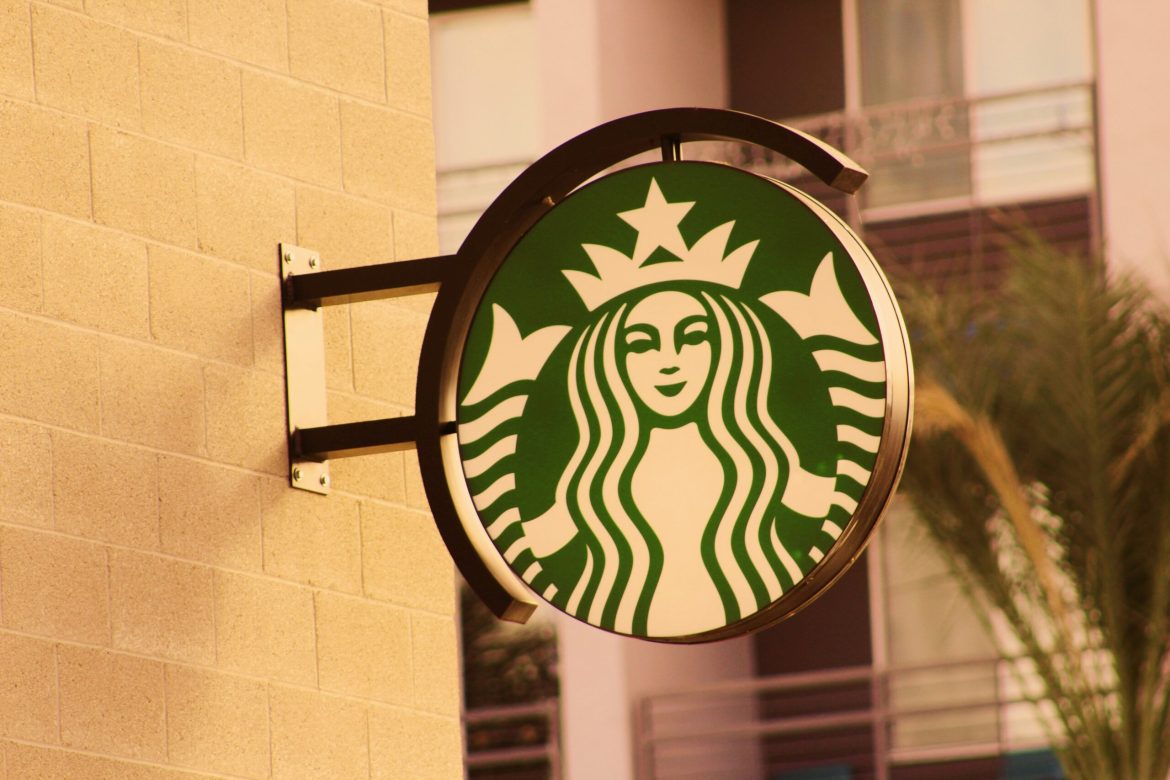Starbucks is undergoing a leadership shift as it struggles with falling sales and customer dissatisfaction.
Brian Niccol, the newly appointed head of the coffee chain, has outlined a plan to simplify the company’s menu and reassess its pricing strategy.
The move comes as global sales declined by 7% between July and September 2024, with the downturn most pronounced in China, where sales dropped by 14%.
The coffee giant is also contending with criticism related to staffing issues, long queues, and the impact of social media campaigns linked to the Israel-Gaza conflict.
One of Niccol’s primary goals is to address customer frustrations, which include a complex menu and crowded stores.
The company plans to streamline its offerings, making it easier for customers to navigate and reducing preparation times for staff.
Niccol highlighted the need to “refine mobile order and pay” to prevent bottlenecks during peak hours.
The move aims to enhance the overall customer experience, especially during busier periods.
China slowdown impacting Starbucks’ global results?
The sales decline in China has hit Starbucks hard, reflecting broader economic challenges in the region.
The 14% sales drop in this market significantly contributed to the company’s global 7% decline.
The economic slowdown in China has pressured consumer spending, making it difficult for Starbucks to maintain its sales momentum.
The company’s leadership acknowledged that despite increased investments, they failed to counteract the downward trend in customer traffic.
Starbucks’ operational hurdles
Along with the menu complexity, Starbucks is grappling with staffing shortages, which have slowed down service in various locations.
These challenges have caused customer dissatisfaction, especially during busy times when queues can stretch long.
The company’s efforts to retain and attract staff have not yet fully resolved these issues, which continue to affect the in-store experience.
The company’s decision to suspend financial forecasts for 2025 highlights uncertainties in the current market.
With slowing sales and increased costs, Starbucks faces significant challenges in stabilizing its business.
This announcement led to a 4% drop in its share price, reflecting investor concerns over the coffee giant’s ability to navigate these challenges.
Starbucks is expected to release detailed financial results next week, which could provide further insights into its recovery strategy.
What other factors are affecting Starbucks?
Starbucks has also faced backlash over a social media post by a US-based union, which expressed support for Palestine following the 7 October attack by Hamas.
The company quickly distanced itself from the statement, emphasizing that the post did not reflect its official position.
Despite the removal of the post, it went viral, triggering calls for boycotts and protests.
The incident has created additional public relations challenges for Starbucks, particularly in regions where the conflict has heightened sensitivities.
Brian Niccol, previously the CEO of Chipotle, was brought in to lead Starbucks through these turbulent times. His plan to commute frequently from California to Seattle has attracted criticism, particularly given Starbucks’ stance on environmental responsibility.
Niccol’s predecessor, Laxman Narasimhan, had attempted to introduce new menu items and speed up service before his departure after just 18 months.
The leadership transition marks a critical period for Starbucks as it seeks to regain customer trust and improve its operational efficiency.
The post Starbucks’ new CEO Brian Niccol is planning a menu upgrade, but will it bring back customers? appeared first on Invezz

